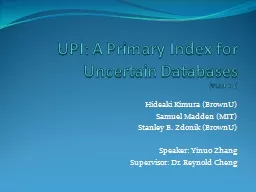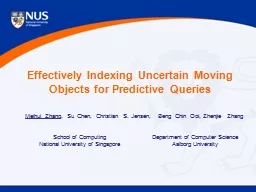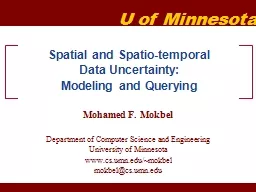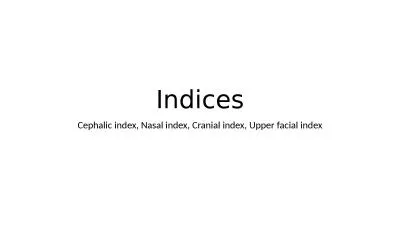PPT-UPI: A Primary Index for Uncertain Databases
Author : natalia-silvester | Published Date : 2017-06-30
VLDB 10 Hideaki Kimura BrownU Samuel Madden MIT Stanley B Zdonik BrownU Speaker Yinuo Zhang Supervisor Dr Reynold Cheng Outline Introduction Uncertain Primary
Presentation Embed Code
Download Presentation
Download Presentation The PPT/PDF document "UPI: A Primary Index for Uncertain Datab..." is the property of its rightful owner. Permission is granted to download and print the materials on this website for personal, non-commercial use only, and to display it on your personal computer provided you do not modify the materials and that you retain all copyright notices contained in the materials. By downloading content from our website, you accept the terms of this agreement.
UPI: A Primary Index for Uncertain Databases: Transcript
Download Rules Of Document
"UPI: A Primary Index for Uncertain Databases"The content belongs to its owner. You may download and print it for personal use, without modification, and keep all copyright notices. By downloading, you agree to these terms.
Related Documents














